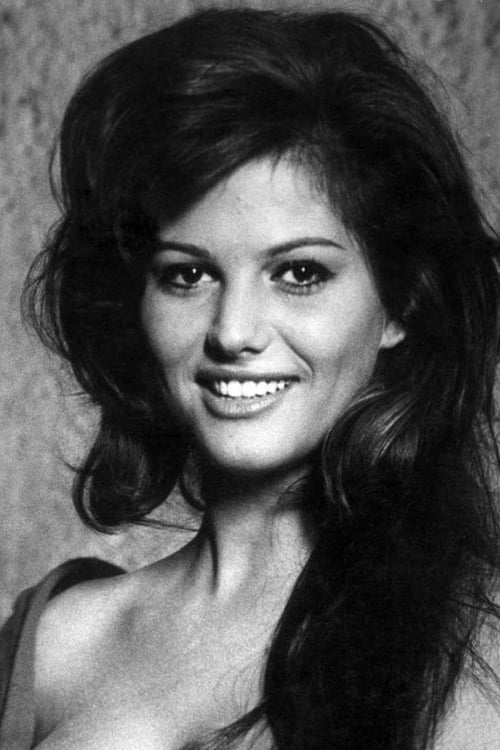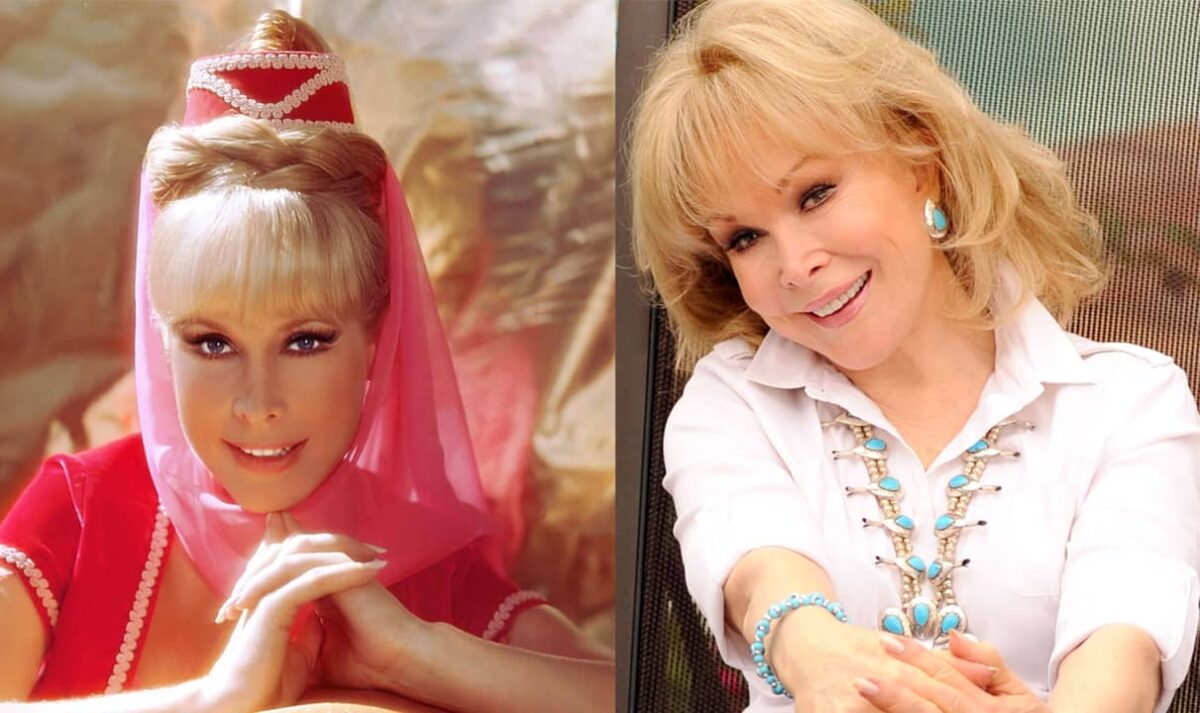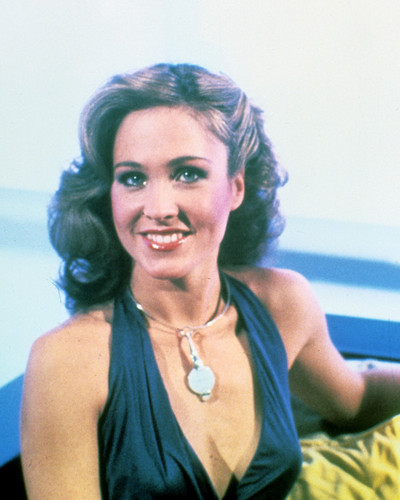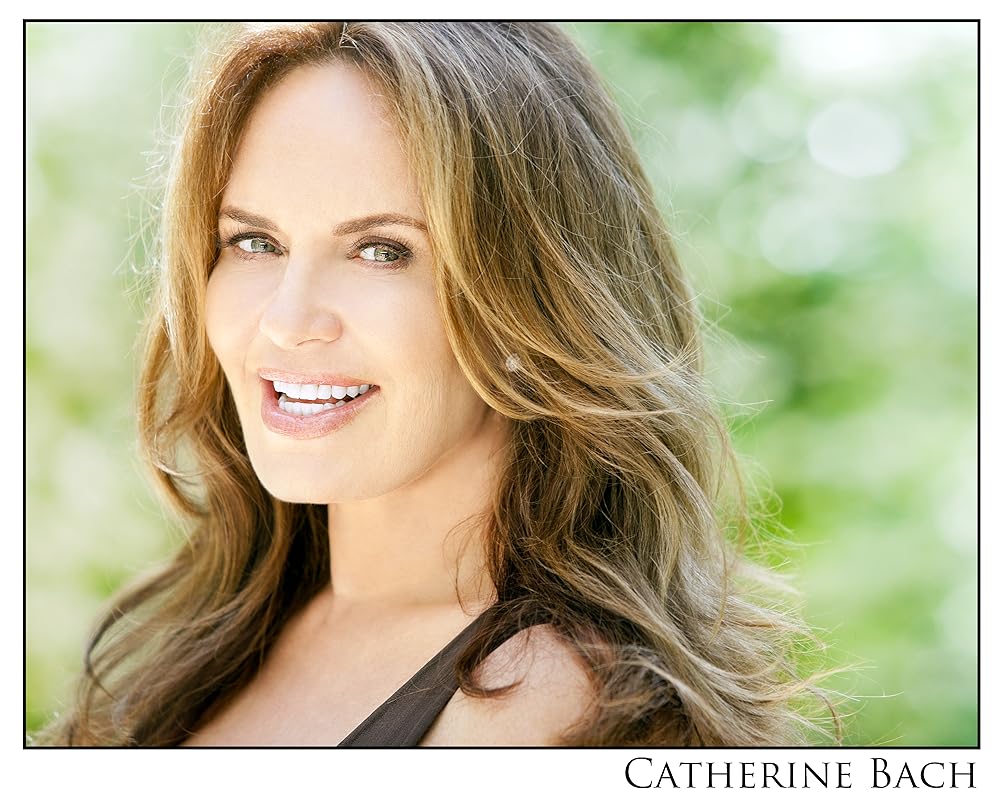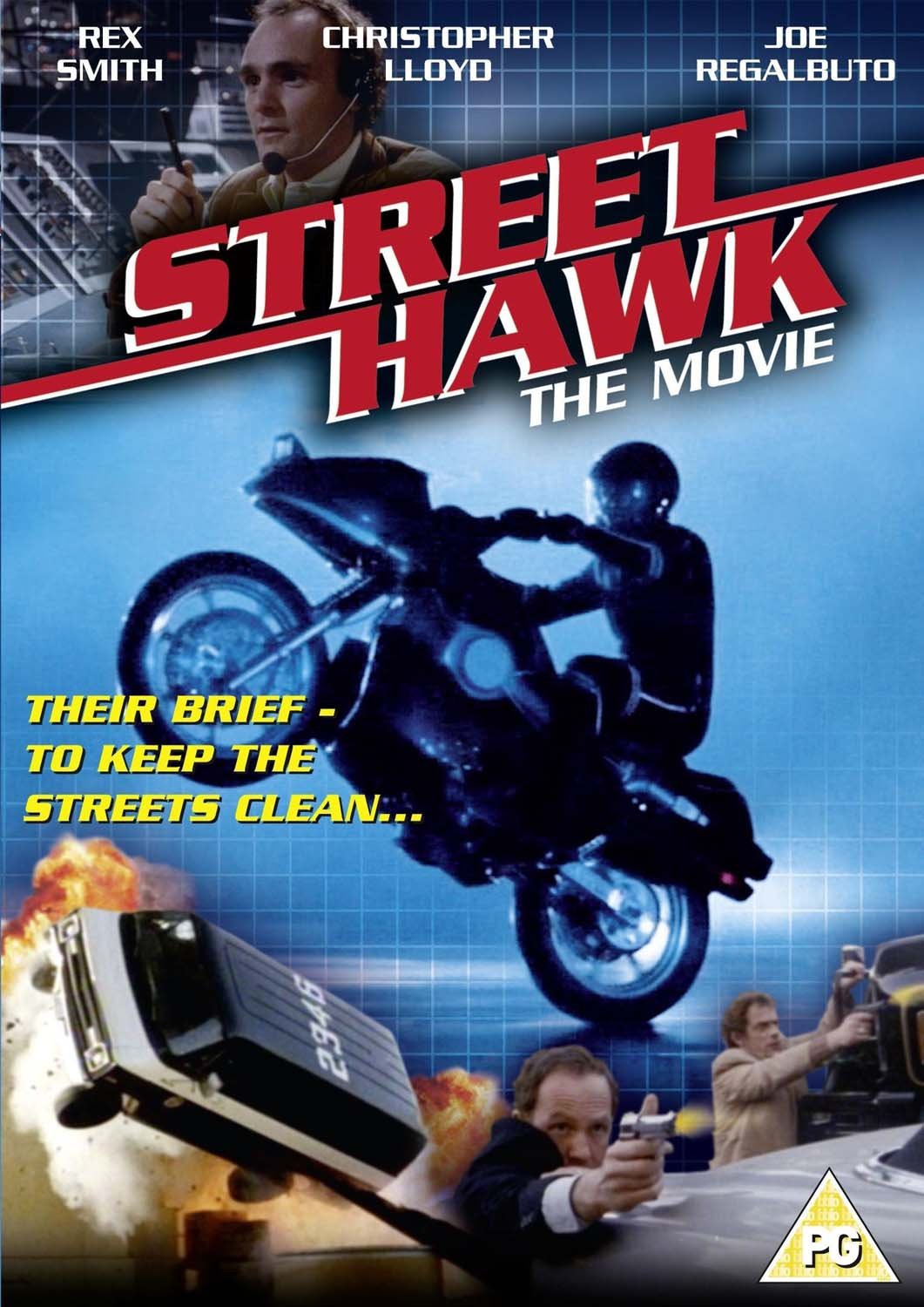Introduction:
Claudia Cardinale, an epitome of elegance, beauty, and talent, has graced the silver screen for over six decades, enchanting audiences with her captivating performances and timeless charm. From her early days in Italian cinema to her international acclaim as a Hollywood star, Cardinale’s illustrious career has left an indelible mark on the world of film. In this extensive exploration, we will embark on a cinematic journey through the life, career, and enduring legacy of Claudia Cardinale, celebrating her contributions to the art of storytelling and her lasting impact on audiences worldwide.
Early Life and Career Beginnings:
Claudia Cardinale was born on April 15, 1938, in Tunis, Tunisia, to Sicilian parents. Raised in a multicultural environment, Cardinale developed a passion for the arts at a young age, nurtured by her exposure to literature, music, and theater. Her journey to stardom began with a chance encounter with Italian director Franco Cristaldi, who discovered her at a beauty pageant and offered her a screen test.
Cardinale made her film debut in 1958 with a minor role in “Goha,” followed by her breakout performance in Luchino Visconti’s “Rocco and His Brothers” (1960), which garnered critical acclaim and established her as a rising star in Italian cinema. Her natural beauty, charisma, and acting prowess captivated audiences and filmmakers alike, paving the way for a prolific career on the international stage.
Rise to International Stardom:
Claudia Cardinale’s ascent to international stardom was marked by a series of acclaimed performances in some of the most iconic films of the 1960s and 1970s. Her collaboration with renowned directors such as Federico Fellini, Sergio Leone, and Blake Edwards solidified her reputation as one of the most versatile and talented actresses of her generation.
Cardinale’s breakthrough role came in 1963 with Sergio Leone’s epic Western “Once Upon a Time in the West,” where she portrayed the enigmatic and alluring Jill McBain. Her magnetic presence and on-screen chemistry with co-stars Henry Fonda and Jason Robards earned her widespread acclaim and catapulted her to Hollywood stardom.
Versatility and Range:
Throughout her illustrious career, Claudia Cardinale demonstrated remarkable versatility and range as an actress, effortlessly transitioning between genres and languages. From her captivating performances in Italian neorealism classics to her Hollywood blockbusters, Cardinale’s ability to inhabit diverse characters and evoke complex emotions set her apart as a true cinematic icon.
Her filmography includes a wide range of memorable roles, including the seductive Angelica in Fellini’s “8½” (1963), the resilient Maria in “The Leopard” (1963), and the spirited Princess Dala in “The Pink Panther” (1963). Her ability to imbue each character with depth, nuance, and authenticity endeared her to audiences and critics alike, earning her numerous accolades and awards throughout her career.
Legacy and Impact:
Claudia Cardinale’s legacy as a cinematic icon extends far beyond her memorable performances on screen. She is celebrated not only for her talent and beauty but also for her trailblazing achievements as a woman in the male-dominated world of cinema. As an international symbol of beauty, grace, and strength, Cardinale shattered stereotypes and defied conventions, inspiring generations of actresses and filmmakers around the world.
Her enduring impact on popular culture is evident in the countless tributes, homages, and references to her iconic roles in film, television, and fashion. Her image continues to grace magazine covers, museum exhibitions, and cultural events, attesting to her timeless appeal and enduring relevance in the collective imagination.
Conclusion:
Claudia Cardinale’s contributions to cinema are immeasurable, spanning six decades of unforgettable performances and timeless elegance. From her humble beginnings in Italian cinema to her international acclaim as a Hollywood star, Cardinale has left an indelible mark on the world of film with her talent, beauty, and charisma. As she continues to inspire and enchant audiences around the world, Claudia Cardinale’s legacy as a cinematic icon and cultural ambassador will forever endure, ensuring her place in the pantheon of timeless stars.
